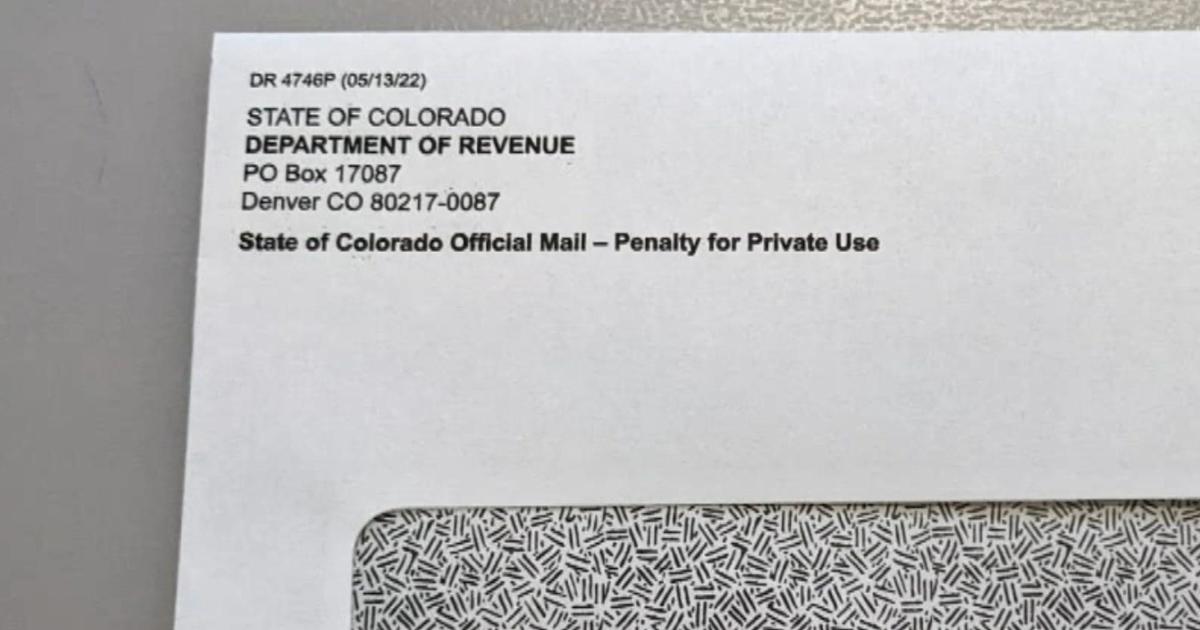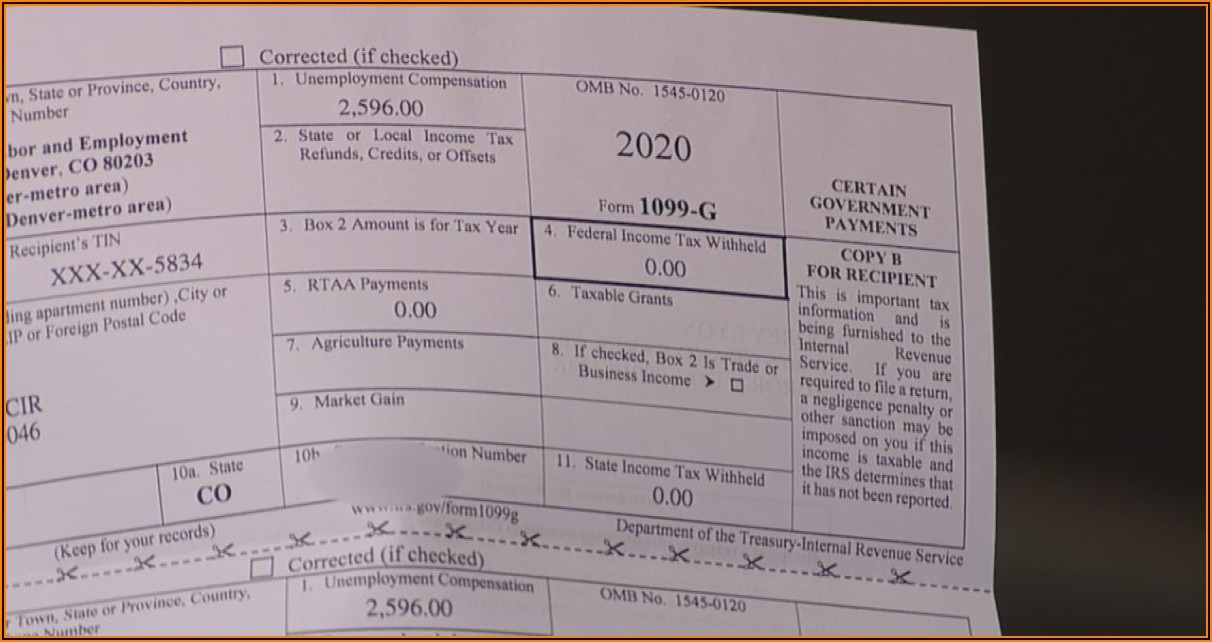Understanding tax forms can be a daunting task, especially when navigating state-specific documents like the 1099-G Colorado. If you're a resident of Colorado or have received income from the state, it's crucial to know what this form represents and how it affects your tax obligations. In this article, we'll break down everything you need to know about the 1099-G Colorado form.
The 1099-G Colorado form is an essential document issued by the state to individuals who have received certain types of income during the tax year. Whether you've received unemployment compensation, state tax refunds, or other government payments, this form will play a key role in your tax filing process. Ignoring or misunderstanding this form could lead to errors or potential penalties, so it's vital to familiarize yourself with its purpose and requirements.
As we delve deeper into the specifics of the 1099-G Colorado, we'll explore its various components, how to interpret it, and what steps you need to take to ensure compliance with state and federal tax regulations. Let's get started with a detailed overview to help you navigate this important tax document effectively.
Read also:Has Kat Had Her Baby Everything You Need To Know
Table of Contents
Introduction to 1099-G Colorado
The 1099-G Colorado form is a document provided by the state government to individuals who have received payments or credits from the state during the tax year. This form serves as a record of any income you've received that might be taxable at the federal or state level. Whether you've received unemployment benefits, state tax refunds, or other government payments, the 1099-G ensures that these amounts are reported accurately for tax purposes.
Why is the 1099-G Important?
The importance of the 1099-G Colorado form cannot be overstated. It provides critical information that you need to report on your federal and state tax returns. Ignoring or misreporting the information on this form could lead to discrepancies with the IRS or the Colorado Department of Revenue, potentially resulting in penalties or audits. Therefore, understanding how to interpret and use the 1099-G is essential for accurate tax filing.
Who Receives the 1099-G Form?
Not everyone will receive a 1099-G Colorado form. This form is typically issued to individuals who have:
- Received unemployment compensation during the tax year.
- Gotten a state tax refund, credit, or offset.
- Been paid through certain government programs, such as grants or other financial assistance.
It's important to note that the 1099-G is not limited to unemployment benefits. Any form of income or credit provided by the state government that meets IRS reporting requirements will be reflected on this form.
Types of Income Reported on 1099-G
The 1099-G Colorado form reports various types of income, including:
Unemployment Compensation
If you received unemployment benefits during the tax year, these amounts will be reported in Box 1 of the 1099-G. Unemployment compensation is generally taxable at the federal level, so it's crucial to include this income when calculating your tax liability.
Read also:Cast Of The Dark Knight Rises Bane Unveiling The Iconic Villain
State Tax Refunds
Any state tax refunds you received during the year will also be reported on the 1099-G. This is important because if you claimed a deduction for state taxes in the previous year, receiving a refund may affect your current tax return.
Understanding the Boxes on 1099-G
The 1099-G Colorado form includes several boxes that provide specific details about the income or credits you've received. Here's a breakdown of the most important boxes:
- Box 1: Unemployment Compensation – Reports the total amount of unemployment benefits you received.
- Box 3: State Tax Refund, Credit, or Offset – Indicates the amount of any state tax refunds or credits you received.
- Box 5: Other Income – Includes any other government payments or credits that may be taxable.
Understanding what each box represents will help you accurately report your income on your tax return.
Filing Your Taxes with 1099-G
When filing your taxes, the information on your 1099-G Colorado form must be included in your federal and state tax returns. Here's how to proceed:
Step 1: Verify the Information
Before including the 1099-G data in your tax return, double-check the amounts reported to ensure accuracy. If you notice any discrepancies, contact the issuing agency immediately to resolve the issue.
Step 2: Report the Income
On your federal tax return, report any unemployment compensation in the appropriate section of Form 1040. State tax refunds should be accounted for based on whether you itemized deductions in the previous year.
Common Mistakes to Avoid
Mistakes on your 1099-G Colorado form can lead to costly errors. Here are some common pitfalls to avoid:
- Ignoring the Form: Failing to include the 1099-G information in your tax return can result in underreporting income.
- Double Reporting: Be careful not to report the same income twice, especially if it overlaps with other forms like W-2 or 1099-NEC.
- Miscalculating Refunds: If you received a state tax refund, ensure you correctly account for it based on your previous year's tax filing method.
State-Specific Rules for Colorado
Colorado has its own set of rules regarding the 1099-G form. For example, certain types of unemployment benefits may be exempt from state taxes, even if they are taxable at the federal level. It's essential to review the Colorado Department of Revenue guidelines to ensure compliance with state regulations.
How to Report 1099-G Income
Reporting 1099-G income involves several steps:
Gather All Necessary Documents
Collect all your tax forms, including the 1099-G Colorado, W-2s, and any other relevant documents. Having everything organized will streamline the filing process.
Use Tax Software or a Professional
Consider using tax preparation software or consulting with a tax professional to ensure accuracy. These tools can help you correctly input the information from your 1099-G and avoid common errors.
Using Tax Software for 1099-G
Many popular tax software programs, such as TurboTax or H&R Block, offer built-in support for 1099-G forms. These platforms guide you step-by-step through the process of entering the data and calculating your tax liability. Additionally, they provide alerts for potential errors, helping you avoid costly mistakes.
Conclusion and Next Steps
In conclusion, the 1099-G Colorado form is a critical document for anyone who has received income or credits from the state during the tax year. By understanding its purpose, interpreting the information correctly, and following proper filing procedures, you can ensure compliance with both federal and state tax laws.
To take the next steps, we encourage you to:
- Review your 1099-G form carefully and verify all reported amounts.
- Include the necessary information on your federal and state tax returns.
- Seek professional assistance if you're unsure about any aspect of the process.
We invite you to share your thoughts or ask questions in the comments below. Additionally, feel free to explore other articles on our site for more valuable tax-related insights.
Remember, staying informed and proactive about your tax obligations is the best way to avoid complications and ensure a smooth filing experience.


